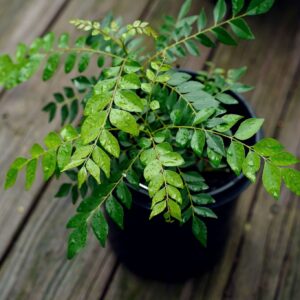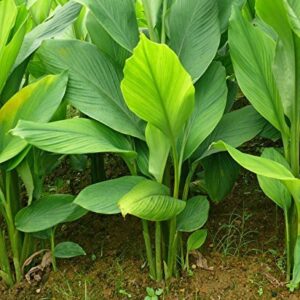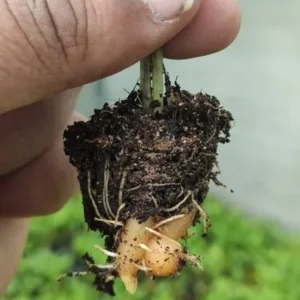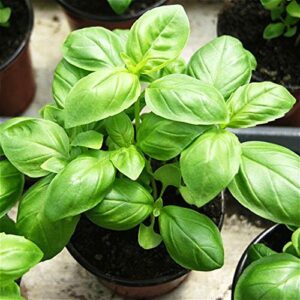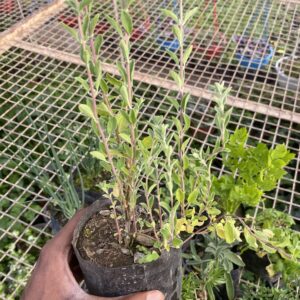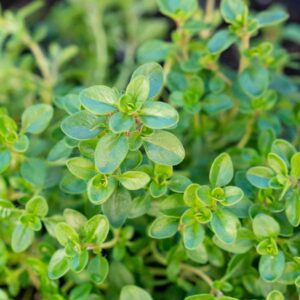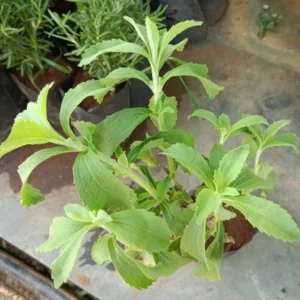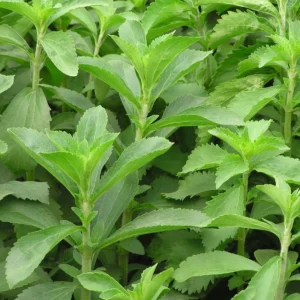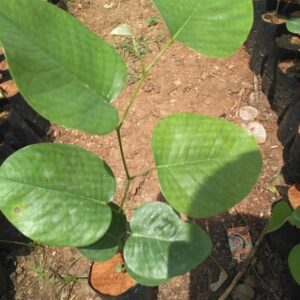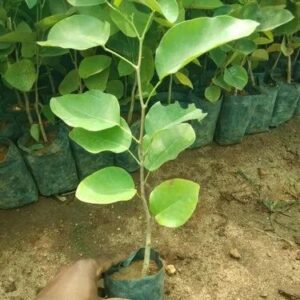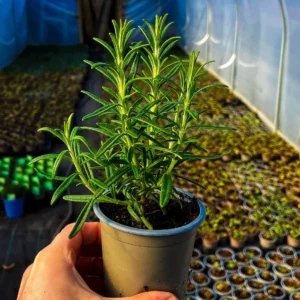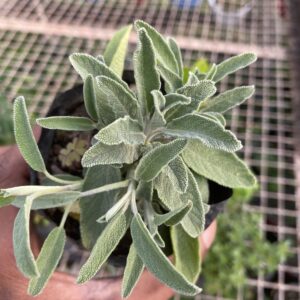Neem
₹99 – ₹149Neem – The Miraculous Tree of Life with Numerous Benefits
Neem (Azadirachta indica), often referred to as the “Tree of Life,” is a highly valued evergreen tree native to the Indian subcontinent. Revered in both traditional medicine and sustainable agriculture, neem is known for its wide array of health, environmental, and practical uses. The tree’s dark green, pinnate leaves, fragrant flowers, and the bitter, aromatic oil extracted from its seeds make it a standout in herbal remedies, organic farming, and beauty products.
Neem has been used for centuries in Ayurvedic medicine for its medicinal properties, offering benefits such as antibacterial, antiviral, anti-inflammatory, and antifungal effects. It is commonly used to treat a variety of ailments, including skin conditions (such as acne and eczema), digestive issues, and even for detoxification. Neem leaves, bark, and oil are all used in various forms, including tinctures, creams, powders, and oils, making it one of the most versatile plants in natural healing.
In addition to its medicinal uses, neem has practical benefits for gardeners. The leaves and oil are natural insect repellents and can be used as an organic pesticide to protect crops from pests. Neem also helps in maintaining soil health by improving its microbial activity, making it an invaluable plant for sustainable agriculture.
Growing neem is relatively easy, as it thrives in hot, dry conditions and prefers well-draining soil. It can tolerate poor soil and is highly drought-resistant once established, making it ideal for arid climates. Neem can grow as a large tree, but it can also be cultivated in smaller spaces or pots if regularly pruned. It prefers full sun but can adapt to partial shade, though it grows best in direct sunlight.
Whether you are looking for a natural remedy, an eco-friendly insect repellent, or a beautiful, resilient tree for your garden, Neem offers a wealth of benefits that make it a remarkable addition to any home or garden.

